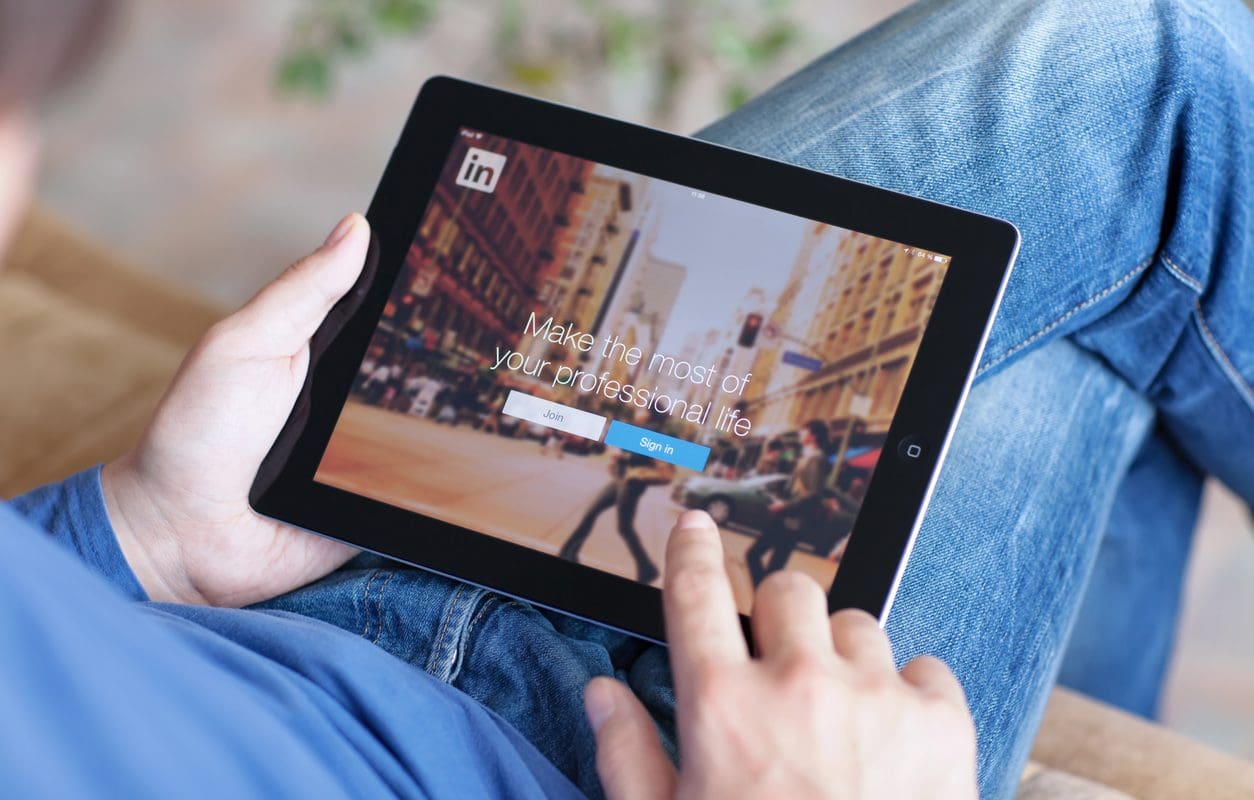
LinkedIn advertising tools
Advertising on LinkedIn is surprisingly simple, and the network promises that it will allow you to connect with the ‘largest audience’ of influential and active professionals in the world.
Self-Service or Managed Campaigns
LinkedIn provides two ways to advertise: managed campaigns or self-service ads. Self-service solutions allow you to launch targeted campaigns quickly.
You can set a budget, choose impressions or clicks and end ads using the Campaign Manager advertising platform.
Managed campaigns allow you to partner with LinkedIn specialists to create highly visible, exclusively placed ads aimed at premium audiences. Managed ads can be beneficial if you want help to create personalised content with the potential to convert and ensure your targeting is fine-tuned.
Using Campaign Manager
If you decide to use self-service LinkedIn ads, you will use Campaign Manager to optimise your efforts. It boasts a range of features, including visual reporting, breakdowns of actions linked to Sponsored Content campaigns and demographic information about the people showing an interest in your ads.
Choosing an Ad Format
Once you have created an account and logged into Campaign Manager, one of your first tasks will be to decide whether you want to use Text Ads, Sponsored InMail, Sponsored Content or a combination approach.
Sponsored Content is advertising which appears on the feeds of the LinkedIn members you want to target. You can get your message on to a wide range of devices, use rich media to make it stand out and easily and effectively test and optimise campaigns.
Sponsored InMail
This allows you to deliver personalised content using LinkedIn Messenger. This can help to drive conversions thanks to its emphasis on personalised messages.
Text Ads
These are simple but effective cost-per-impression (CPM) or pay-per-click (PPC) ads which make it simple to launch campaigns quickly. Messaging can be tailored to the people you want to reach, and you only pay for the ads which work.
Targeting Ads
Regardless of which format you choose, you can select your audience in the same way. You will be taken to a screen where you can choose specific targeting criteria, including age, location and job title. Information in the sidebar on the right shows how your predicted target audience is affected by the filtering choices you make.
You can choose an Audience Expansion feature which automatically includes people like those you have selected. This can be useful to prevent you missing out on engagement opportunities – something that can be especially important at the start of a campaign.
Set a Budget
You can choose between CPM or CPC. The latter is often chosen for specific action-orientated campaigns where event registration or lead generation is the main aim. CPM, meanwhile, can be the best fit if your primary goal is general brand awareness.
You will also be asked to enter some other information, including your total budget, end date, start date, daily budget and suggested bid. The bidding auction system is aimed at rewarding engagement. This means that you might win even if you don’t make the highest bid.
Monitoring Your Campaign
Access your analytics in Campaign Manager, where you can see your overall performance and how your campaigns are working in terms of budget and social actions. You can then use this data to influence ad edits, refine your targeting and adjust your budget.